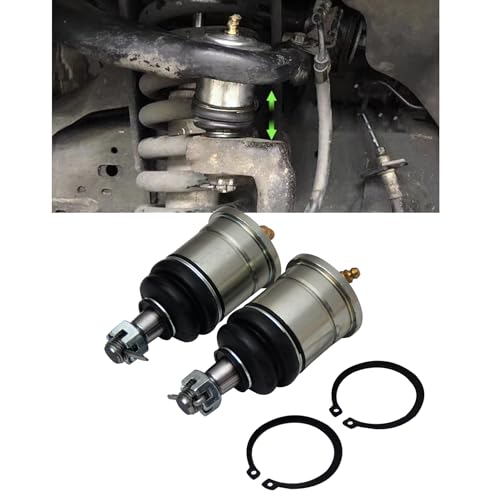Ok just on this one point: Sam might actually be correct, but he's not going ot be able to fix it with good quality parts.
The story that I heard - and this is absolutely hearsay, I have no proof except that it sounds feasible - goes along the lines of Nissan asking for a V6 diesel that could outpower the competition, but still fit in the vehicle without much modification. A V6 is longer (thanks to a necessarily longer crankshaft), and a longer engine means sacrificing something elsewhere - cabin space or tub space, and both were a premium Nissan didn't want to surrender.
So in order to make the engine shorter, they made the major bearings narrower (not thinner, but a smaller distance across the face of the bearing). The cumulative result of this was to shorten the engine sufficiently to allow them to shoe-horn it into the engine bay.
The penalty (that Nissan doesn't have to pay, it's the owners of the vehicles who wear this one) is that the stresses one would normally see on a bearing surface of X are now pushing on (say) 0.75*X. This means that the life of the bearing is also reduced.
Now I really have to stress that it's hearsay - I can't prove it - but from an engineering + marketing perspective, it's so easy to believe.
And if it's true, it means that the engines will need their main bearings replaced more often than one might hope, but that doesn't mean it's going to affect compression, which is usually subject to the condition of the bore, piston rings, piston, valves and head gasket.
























